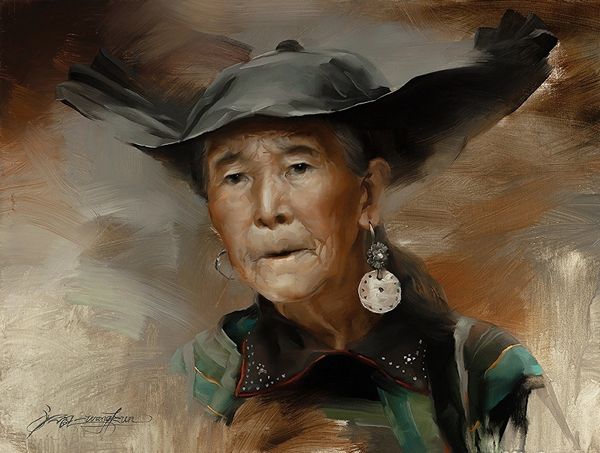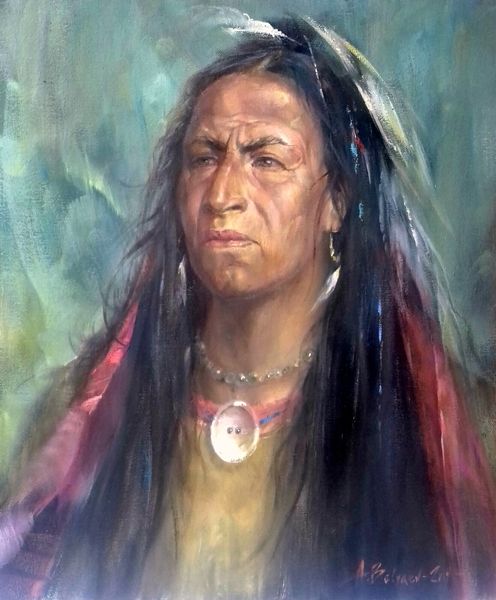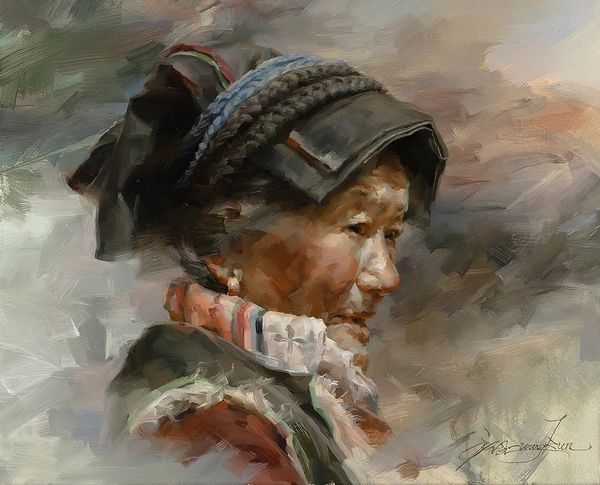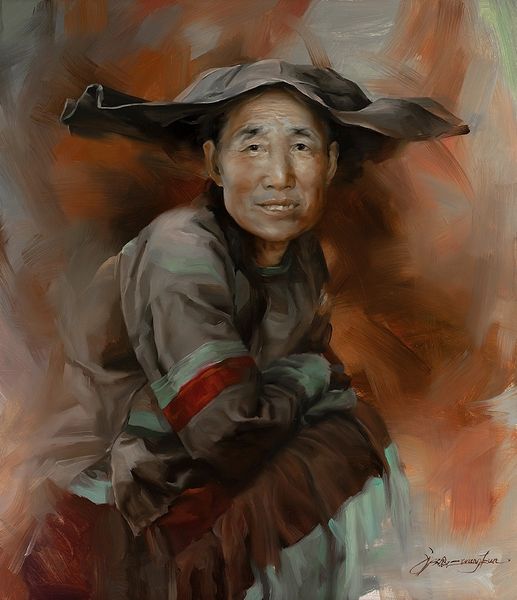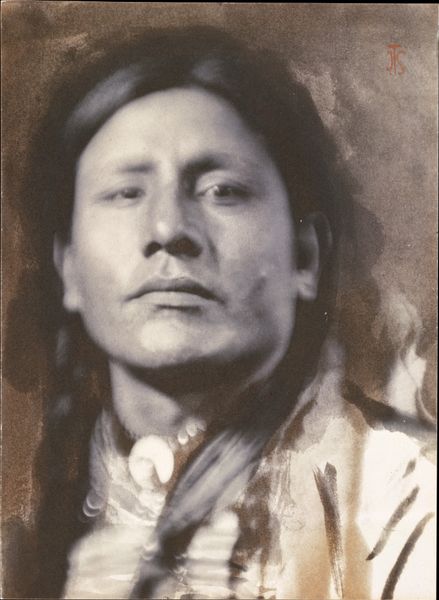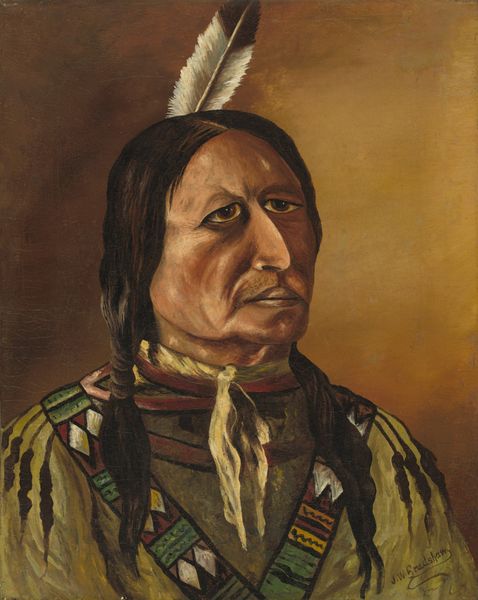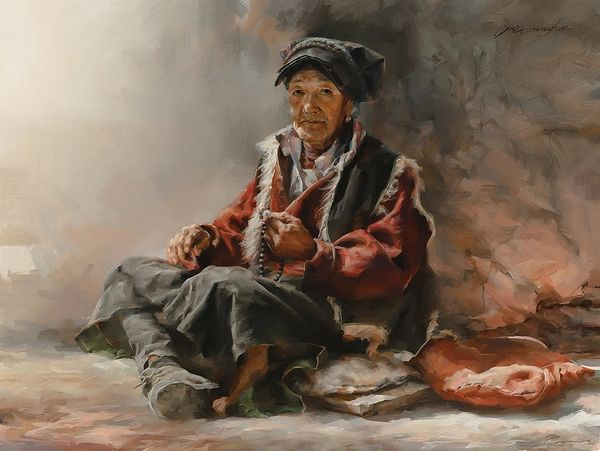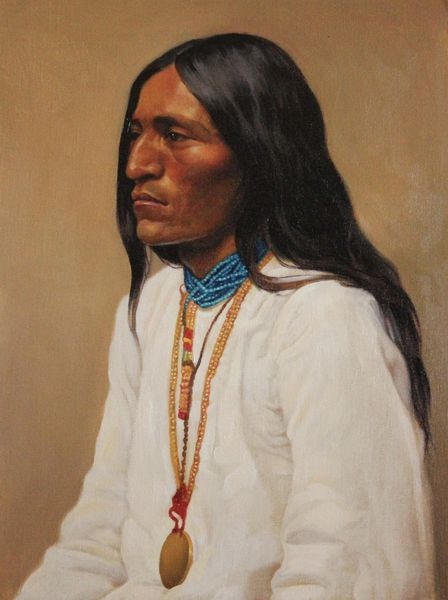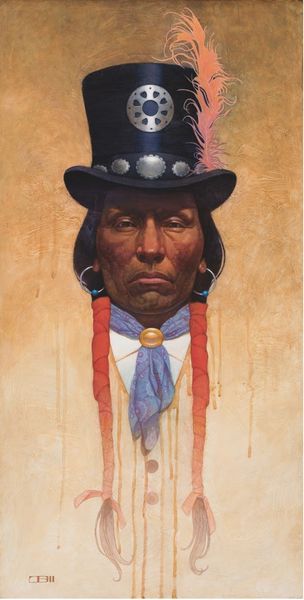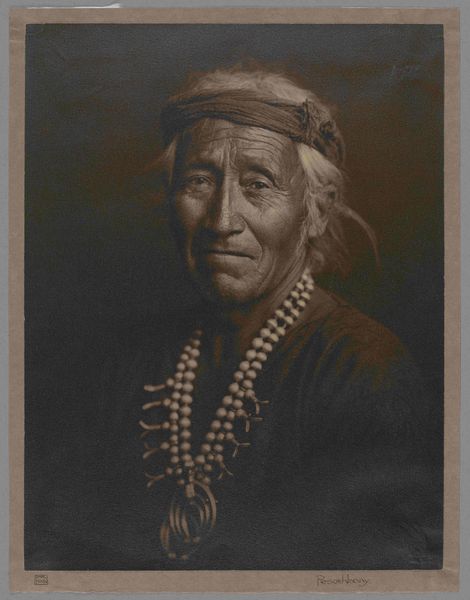
painting, oil-paint
#
portrait
#
figurative
#
painting
#
oil-paint
#
realism
Copyright: Modern Artists: Artvee
Editor: We're looking at "An Old Tibetan Woman," an oil painting portrait by Kun Wang. The details are incredible, every wrinkle tells a story. I can't help but wonder about the narrative embedded in this representation of aging. What stands out to you in this piece? Curator: What strikes me is how this portrait engages with the complexities of representation. Realism serves not just as a style but also as a powerful tool. It allows Wang to offer a perspective on the identity and lived experience of a Tibetan woman. We must also acknowledge the power dynamics inherent in portraiture: who is looking at whom, and what assumptions do we bring to this encounter? How does Wang negotiate the objectification that often accompanies the portrayal of marginalized groups? Editor: That's a good point. The artist’s perspective matters so much here. Curator: Absolutely. Consider how realism, as an artistic choice, intersects with the politics of seeing. Is the artist’s gaze celebratory, exploitative, or something in between? How does it reflect, or perhaps challenge, the stereotypical representations of Tibetan women that are all too common in Western media? And think about this: would our perception shift if we knew more about the artist's background, or the specific social context in which this portrait was created? Editor: Knowing more would definitely help to interpret all of these subtle nuances. This portrait offers more questions than answers. Curator: Exactly. It’s an invitation to delve into the intersectional narratives that shape both the artwork and our interpretations. By considering questions of gender, race, and cultural representation, we can gain a more nuanced understanding of the woman depicted, and the power dynamics inherent in the act of portraiture itself. Editor: Thanks, I definitely have more to think about when it comes to the cultural and ethical implications of portraiture now.
Comments
No comments
Be the first to comment and join the conversation on the ultimate creative platform.

